Horn knife handles

Until the 1940s, Maremma horn was used, and the poor economy of the time forced the use of every part of the horn (more or less valuable).
After World War II, Maremma horn was no longer available and we switched to Romagnolo horn. In the very early 1960s Mr. Santandrea came to deliver to us the last shipment of “Romagnole” of which we still have vivid memories.
Then the Romagnole horns also followed the fate of the Maremmane: smaller, thinner and without a full tip every day they soon became unusable. In the early 1990s we decided to use only tip horn, that is, only the full end of the ox horn, working it only by removal without heating and crushing, so as to preserve the color and texture of the horn itself as much as possible. In the impossibility of receiving Italian horn, we use only imported horn: the best ox horn comes from some highlands of central Africa characterized by a green and water-rich environment, where there are no endemic diseases that could compromise the quality of the horn.
Buffalo horn, on the other hand, must be purchased in India because the quality of Indian water buffalo horn is unsurpassed.
After importation, it is essential to slowly season the horn, both ox and buffalo, at least 24 months to stabilize its moisture content. To make the curing process slow, thus reducing the risk of splitting, the heads of the tips are sealed with wax immediately after cutting. In any case, the horn we use always constitutes butchery waste from animals that reach the end of their working life in the fields (8 to 10 years), a fact that allows for the complete development of the horns (1.2 to 1.8 m. overall and a full 20 to 30 cm. tip) allowing us to obtain the best quality of horn without direct and further sacrifice of animals.


